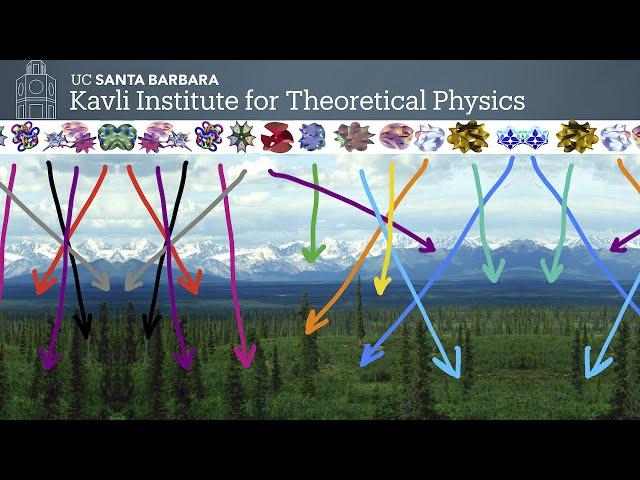
The String Landscape, the Swampland, and Our Universe ▸ KITP Public Lecture by Cumrun Vafa
Комментарии:

An amazing lecture!
Ответить
“String Theory: A consistent framework which unifies quantum theory and Einstein’s theory of gravity …” Consider 5 conjectures: 1) String theory is the only mathematically plausible way to unify quantum field theory and general relativity theory. (2) String theory implies gravity, nonabelian gauge symmetry, and supersymmetry. (3) After quantum averaging, Einstein’s field equations are completely correct. (4) There is a string landscape of many (possibly infinitely many) manifolds that can be compactified for the derivation of quantum field theory and general relativity theory. (5) The free parameters of the Standard Model of particle physics are environmental happenstances of cosmological inflation. Are the preceding 5 conjecture correct? Consider two more conjectures (A) & (B): (A) The Koide formula is essential for understanding the foundations of physics. (B) Lestone’s theory of virtual cross sections is essential for understanding the foundations of physics. Are (A) & (B) correct? Google “koide-lestone physics today”. Is there a little-bangs theory of the string landscape which justifies Lestone’s theory of virtual cross sections? Consider the following speculative idea: Let δ be a positive number with δ < 10^–40 . (i) Each big bang results from a string vacuum instability which stabilizes during the 1st Planck time interval into a string model with specific values for the free parameters of the Standard Model of particle physics. (ii) Time is divided into time intervals each of which lasts for precisely one Planck time interval. These time intervals are separated by little bangs. (iii) Each little bang lasts for one Planck time interval multiplied by δ. Each time interval of ordinary time lasts for one Planck time interval multiplied by (1–δ). (iv) Each little bang is the result of a 26-dimensional, tachyonic, stringy bosonic shock wave generated by the multiverse. (v) The 26-dimensional shock wave consists of 9 dimensions of space, 1 dimension of time, 8 dimensions of generalized uncertainty derived from a stringy generalization of the Heisenberg uncertainty principle, and 8 dimensions of Lestone uncertainty. The 8 dimensions of Lestone uncertainty allow each lepton to have a 2-dimensional cross section and each quark to have an 8-dimensional cross section. (vi) The little bangs justify Lestone’s idea that electrons are quantum micro black holes for which charge emerges from exchanges of virtual particles. See: Lestone, J. P. "Vacuum Polarization: A Different Perspective." (2020). Los Alamos Report LA-UR-20-23090
Ответить
It’s true that an important feature of intelligence is the ability to relay complex ideas simply, and succinctly. As a lay person I thoroughly enjoyed this lecture. Thank you.
Ответить
I'm big fan of string landscape theory. Thanks sharing precious lecture.
Ответить
amazing content
Ответить

























